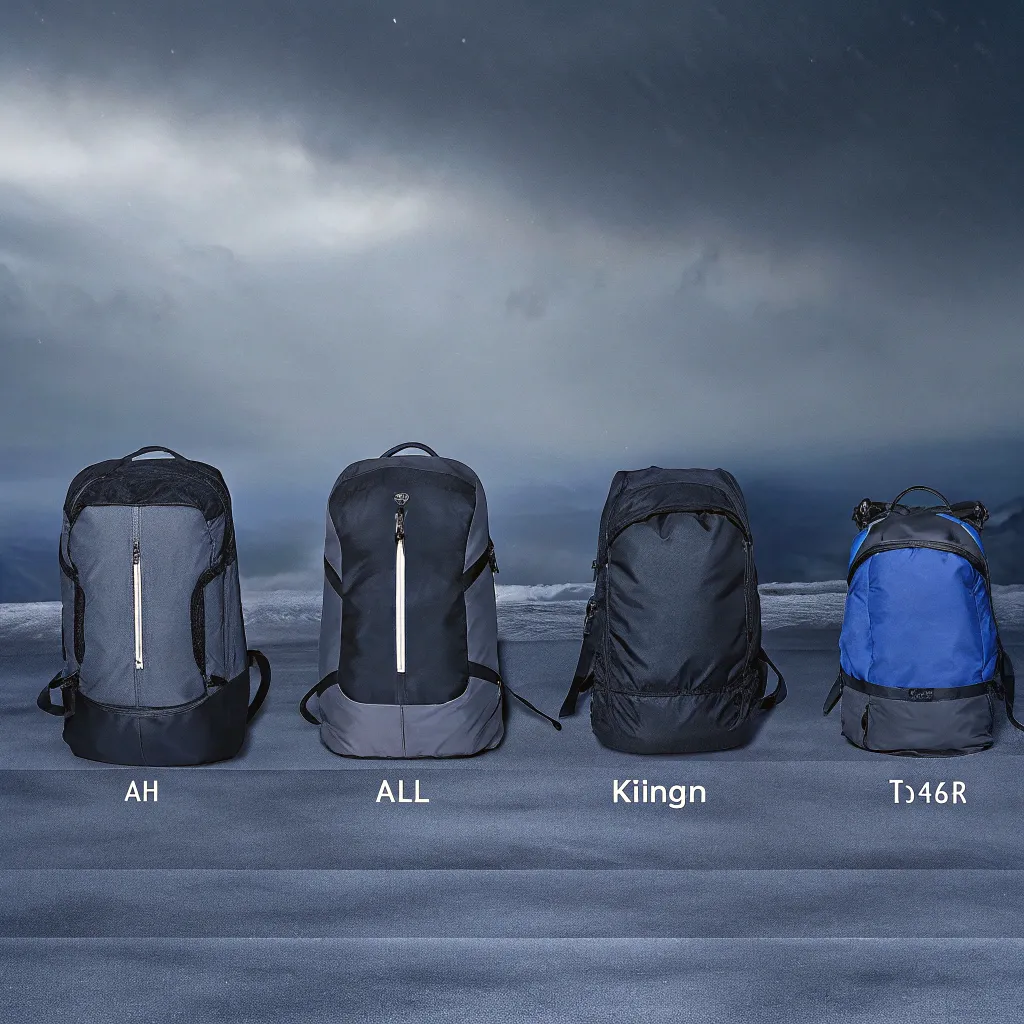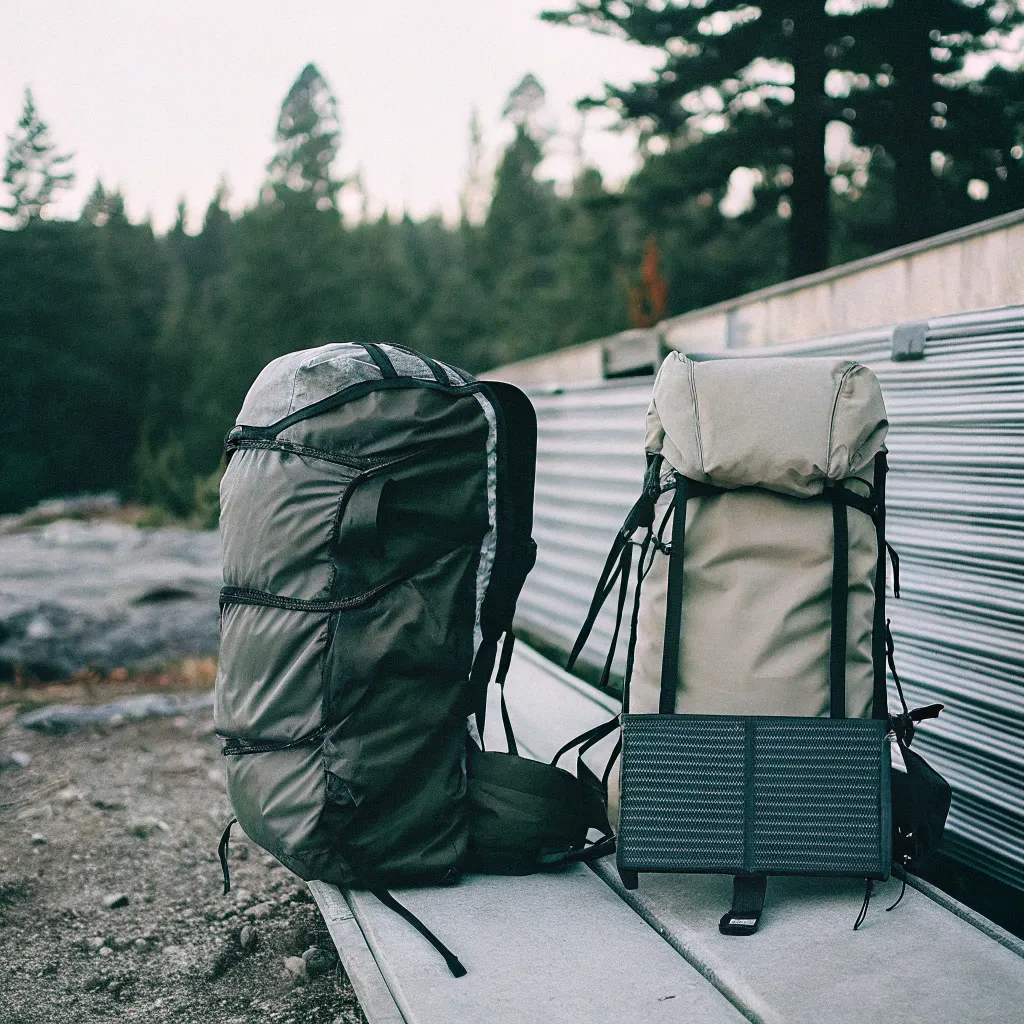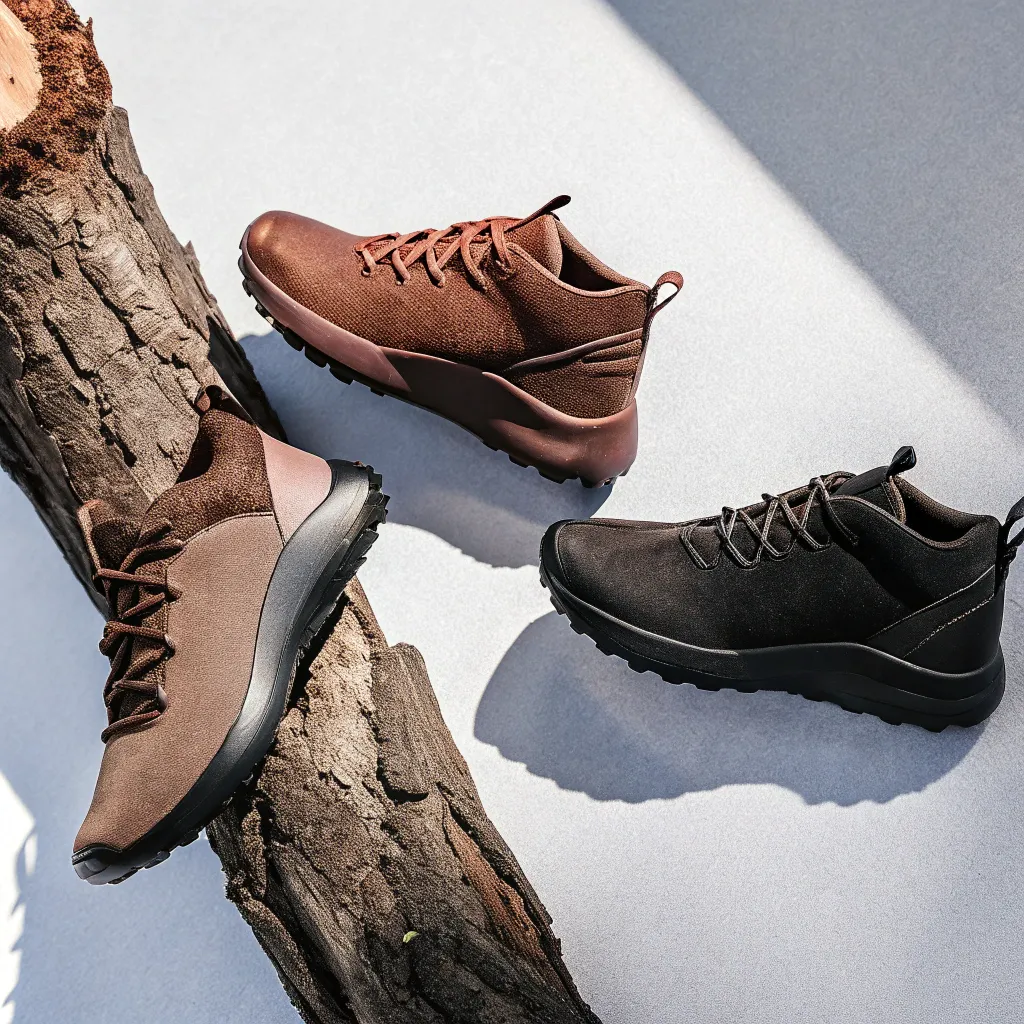Finding that perfect backpack that works across seasons and adventures isn't just convenient—it's a game-changer for outdoor enthusiasts who don't want to invest in multiple specialized packs. I've spent countless weekends testing different models in everything from summer desert hikes to winter alpine expeditions, and I've learned that versatility doesn't have to mean compromise.
The Quest for the Ultimate All-Season Backpack
Let's face it—gear closets have a way of multiplying faster than we'd like. One day you're buying a simple day pack, and before you know it, you've got specialized bags for every conceivable activity. But what if one well-designed backpack could handle most of your adventures?
The ideal all-season backpack needs to hit several marks: adaptable capacity, weather resistance, comfort in varying conditions, and durability across environments. It's not just about surviving different weather—it's about performing optimally whether you're summiting in July or snowshoeing in January.
"The best backpack isn't necessarily the one with the most features, but the one that adapts to your changing needs throughout the year," explains outdoor gear specialist Lisa Hennessy from Backcountry Gear Reviews.

Key Features That Make a Backpack Truly All-Season
When evaluating backpacks for year-round use, certain features stand out as non-negotiable:
Adaptable Capacity Systems
The ULA Ohm 2.0 exemplifies adaptability with its innovative compression system. According to ULA Equipment, "The Ohm 2.0 fits the bill nicely for any of my trips for 3 days, in any weather condition, from mid-summer to -40 below F in winter." This adaptability comes from its roll-top closure that can expand or contract based on your gear volume.
Similarly, backpacks with removable top lids or expandable sections allow you to adjust capacity based on seasonal needs—carrying less in summer and more insulation layers in winter.
Weather Protection That Works Year-Round

All-season doesn't just mean handling different temperatures—it means protection from rain, snow, dust, and humidity. Look for packs with these features:
- Water-resistant materials like ULA's UltraWeave or Tumi's FXT Ballistic Nylon
- Sealed or taped seams on critical areas
- Strategic drainage points for when water does get in
- Protective flaps over zippers
- Optional rain covers that can be deployed when needed
The Ultra Circuit from ULA Equipment uses recycled materials that provide exceptional weather resistance while maintaining environmental consciousness. "Every yard contains over 20 plastic bottles and saves over one pound of carbon emissions compared to standard pack fabric," notes ULA.
Versatile Carrying Systems
Temperature changes affect how a pack feels against your body. Summer heat requires ventilation, while winter demands insulation and stability. The best all-season packs feature:
- Adjustable suspension systems
- Removable back panels
- Ventilation channels that can be opened or closed
- Strap systems that work with varying clothing thicknesses
Thoughtful Organization
Seasonal adventures require different gear arrangements. Winter trips might need quick access to gloves and goggles, while summer hikes prioritize hydration and sun protection.
Premium backpacks like those from Tumi incorporate versatile organizational systems. As they note, "When it comes to finding the right backpack, remember that the best option is the one that complements your unique lifestyle."
How Do Popular Models Compare?
I've tested several contenders for the all-season crown. Here's how they stack up:
ULA Ohm 2.0
Strengths:
- Exceptional weight-to-capacity ratio (only 2.3 lbs)
- Performs well in extreme temperatures
- Highly adaptable capacity
- Durable enough for multi-year use
Weaknesses:
- Limited internal organization
- Not as business-appropriate for dual-use travelers
The Ohm has become my go-to for wilderness trips across seasons. Last February, it handled a snowshoe expedition in Montana brilliantly, and three months later, it was equally comfortable on a desert trek in Utah.
Tumi Alpha Bravo Navigation Backpack
Strengths:
- Exceptional organization for tech and essentials
- Professional appearance that works in urban settings
- Weather-resistant materials
- Comfortable for travel days
Weaknesses:
- Heavier than outdoor-specific options
- Less suitable for technical terrain
This is my pick for the traveler who needs one pack for business trips that occasionally include outdoor adventures. The organization is unmatched, though it won't replace a technical pack for serious backcountry use.
Osprey Atmos/Aura AG
Strengths:
- Anti-Gravity suspension works across seasons
- Excellent ventilation in summer
- Stable for winter loads
- Thoughtful pocket design
Weaknesses:
- Heavier than ultralight options
- Mesh can collect snow in winter conditions
The Atmos became my wife's favorite after testing multiple options. The suspension system adapts remarkably well between her light summer loads and heavier winter gear.
What About Specialized Activities?
While all-season packs offer tremendous versatility, certain activities might still benefit from specialized designs:
Winter Mountaineering
For technical winter ascents, packs like the Black Diamond Speed 40 offer ice axe attachments and reinforced materials that general all-season packs might lack. However, the ULA Ohm has surprised me with its adaptability even in these scenarios.
Ultralight Summer Thru-Hiking
When every ounce counts on a long summer trek, ultralight specialists might prefer a minimalist pack. Yet the modular nature of packs like the ULA Circuit allows you to strip them down considerably for these situations.
Business Travel with Outdoor Side-Trips
This is where brands like Tumi excel. Their backpacks offer professional aesthetics with enough technical features to handle weekend adventures. As one Tumi user noted, "I've taken my Alpha Bravo from boardroom meetings to day hikes in the same trip."
How Do You Choose the Right All-Season Pack?
When investing in an all-season backpack, consider these factors:
- Analyze your actual usage patterns - Which seasons do you use a pack most? What's your typical load weight?
- Prioritize adaptability over specialization - Look for features that transform rather than single-purpose designs
- Consider your body's seasonal needs - How does your comfort change between summer and winter?
- Test with different load-outs - A pack that feels great with 15 pounds might feel terrible with 30
Remember what NEMO Equipment emphasizes about their all-season gear: it should be "designed for every outdoor adventure" while remaining "lightweight and durable."
What's the Real Cost of Versatility?
One question I frequently hear: Does an all-season pack mean compromising performance? Sometimes, yes—but less than you might think.
The best all-season packs might cost 10-20% more than single-season specialists but can replace 2-3 specialized packs. They typically weigh 5-15% more than ultralight summer packs but offer substantially more durability and features.
For most outdoor enthusiasts, this trade-off makes perfect sense. As one ULA Circuit user commented, "I'd rather carry a few extra ounces year-round than buy, store, and switch between multiple packs."
Which Pack Truly Fits Every Adventure?
If I had to recommend just one pack for year-round use, the ULA Circuit or Ohm would get my vote for wilderness-focused users, while the Tumi Alpha Bravo Navigation Backpack serves the urban adventurer who occasionally hits the trails.
But truthfully, the best all-season pack is the one that matches your personal adventure profile. Consider your typical activities, environments, and carrying preferences before investing.
What's your experience with all-season packs? Have you found one that truly handles everything you throw at it? The perfect balance of versatility and performance might be different for each of us, but the quest for that one perfect pack continues to drive innovation in the outdoor industry.






